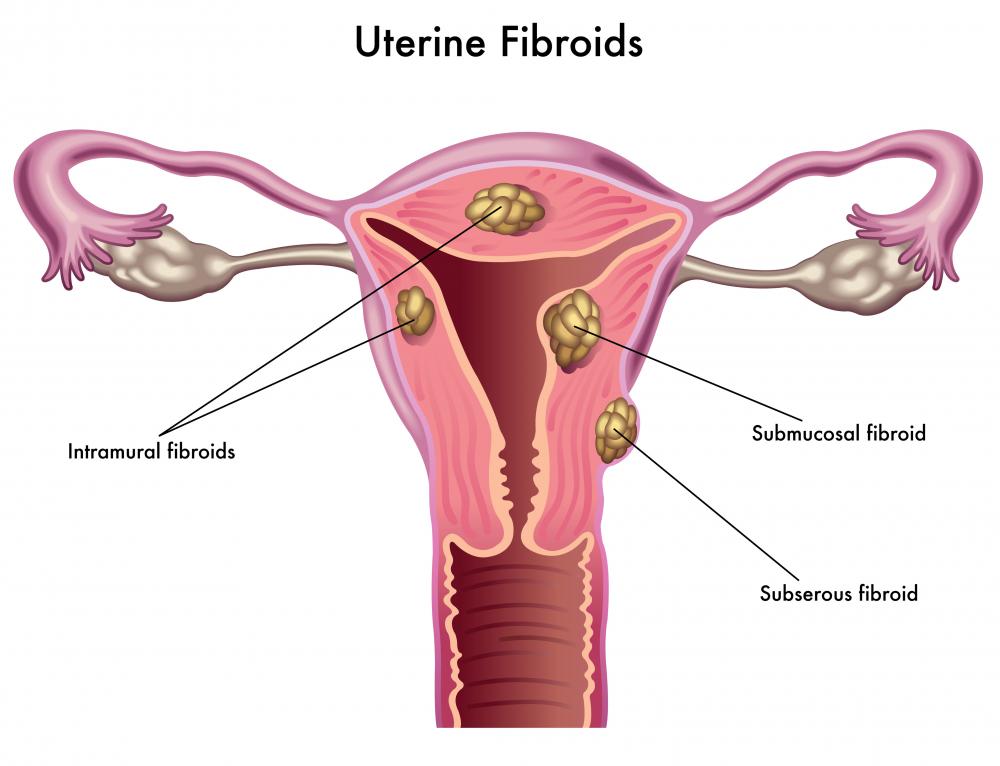At WiseGEEK, we're committed to delivering accurate, trustworthy information. Our expert-authored content is rigorously fact-checked and sourced from credible authorities. Discover how we uphold the highest standards in providing you with reliable knowledge.
What is a Complete Hysterectomy?
A complete hysterectomy, also referred to as a total hysterectomy, is a medical procedure during which a woman’s cervix and uterus are removed. The surgeon might also take out a woman’s ovaries and fallopian tubes in some cases. A complete hysterectomy is different from a partial or subtotal hysterectomy, which is when the surgeon removes only the top portion of the uterus but does not remove the cervix. Hysterectomies are one of the most commonly performed surgeries for women in the United States.
Doctors might recommend a complete hysterectomy in cases when a woman has ovarian, cervical, endometrial or uterine cancer. A woman also might have a hysterectomy to treat severe endometriosis, prolapse of the uterus, uterine fibroids, abnormal bleeding or chronic pain. It also is a treatment option for a condition called adenomyosis, when uterine lining grows outside of the uterus. For more minor medical issues, hysterectomy is usually the last resort, used when other treatment options have failed.

There are several procedure methods for a complete hysterectomy. The surgeon might use an abdominal incision to remove the uterus and cervix. When a procedure is a vaginal hysterectomy, the incision is made inside the woman’s vagina. During a laparoscopic hysterectomy, the surgeon makes a series of smaller incisions in the abdomen and utilizes a laparoscope to complete the excision inside the abdominal cavity. The organs are removed in smaller pieces through the incisions.

Recovery time varies depending on the method used for the surgery. After an abdominal hysterectomy, it most likely will take about four to six weeks to recover. Vaginal and laparoscopic surgeries offer shorter recovery times of about three to four weeks.
As with any major surgery, a woman could have an adverse reaction to anesthesia or other medications. There also is the risk of bleeding or infection from surgery. Some women might experience painful sexual intercourse after a hysterectomy, or there could be damage to surrounding tissue and organs. Additionally, if a pre-menopausal woman's ovaries are removed during surgery, she will begin menopause. Even if the ovaries remain, there is a chance that the woman will enter into early menopause.

The decision to undergo a complete hysterectomy is a serious one that can affect a woman in many ways. In some cases, a hysterectomy is a necessary treatment and can save a woman’s life. If a woman is considering a complete hysterectomy, she should discuss all possible treatment options with her doctor.
AS FEATURED ON:
AS FEATURED ON:














Discuss this Article
Post your comments